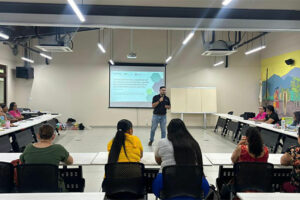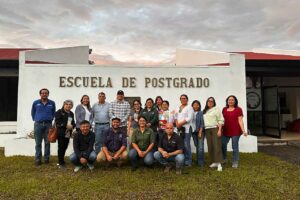El Salvador’s Ministry of Environment and CATIE promote workshops to establish reference thresholds for assessing the condition of forests and coffee agroecosystems
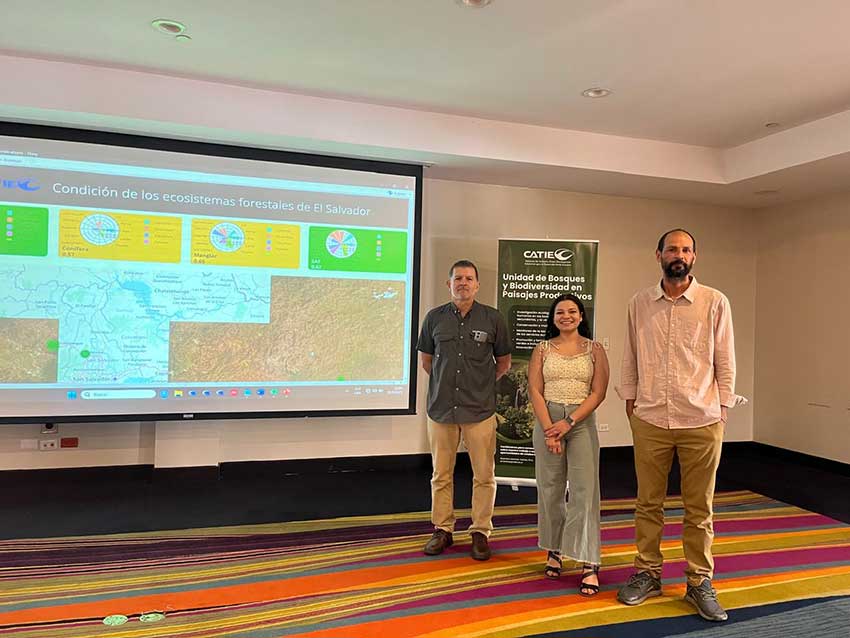
- With the reference thresholds defined, El Salvador is now ready to apply the methodology in the field and expand knowledge about its ecosystems.
As part of the project "Implementation of the Ecological Condition Metric for Ecosystems and Agroecosystems in El Salvador”, under the technical leadership of the Ministry of Environment and Natural Resources (MARN), with funding from the Development Bank of Latin America and the Caribbean (CAF), administered by El Salvador’s Ministry of Economy (MINEC), and implemented by the Unit of Forests and Biodiversity in Productive Landscapes (UBBPP), two workshops were held on May 20 and 21 in San Salvador. The sessions included the participation of researchers from UBBPP and CATIE’s Biostatistics Unit.
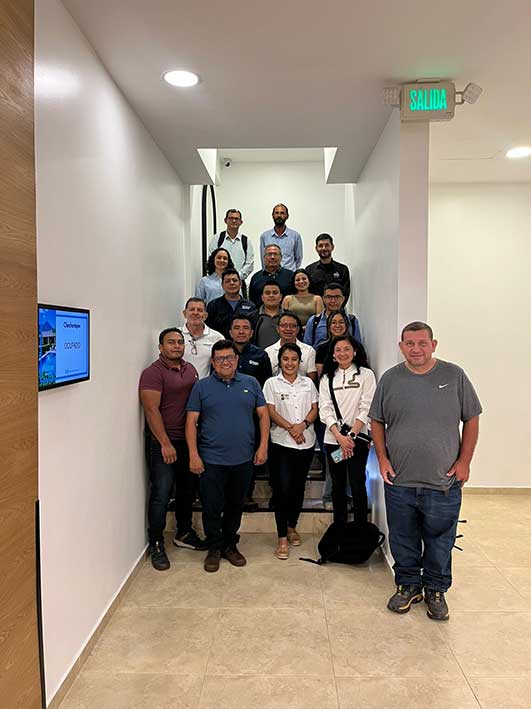
Participatory development of reference thresholds
During the first workshop, the Ministry of Environment and Natural Resources presented the project to national experts in natural ecosystems and agroecosystems, highlighting the importance of implementing an environmental compensation metric in El Salvador. In addition, the CATIE team emphasized the relevance of defining reference thresholds to classify a forest or agroforestry system (AFS) based on its ecological condition or integrity. To define these thresholds, various methodologies were applied in collaboration with the experts, and where possible, validated using data from El Salvador’s National Forest Inventory.
Technical review and project progress
On the second day of the workshop, project progress was presented, including preliminary results from fieldwork and a revised proposal for the ecological condition assessment methodology. This methodology had previously been reviewed and validated alongside local experts on the targeted ecosystems.
The strengths of the proposed approach were highlighted, particularly its applicability at multiple scales—both spatially and in terms of the level of detail of the indicators assessed. Its flexibility to incorporate new groups of indicators—such as those related to soil, wildlife, and other relevant taxa—was also emphasized.
The event brought together representatives from the Ministry of Environment and Natural Resources, MINEC, Ministry of Agriculture (MAG), Environmental Investment Fund of El Salvador (FIAES), United Nations Environment Programme (UNEP), Lempa River Program, Salvadoran Coffee Institute (ISC), and World Resources Institute (WRI). Participating institutions underscored the importance of the methodology developed by CATIE’s team to support science-based processes for conservation, restoration, and decision-making. Additionally, there was consensus on the need to apply this methodology to other productive systems, such as silvopastoral and basic grains systems.
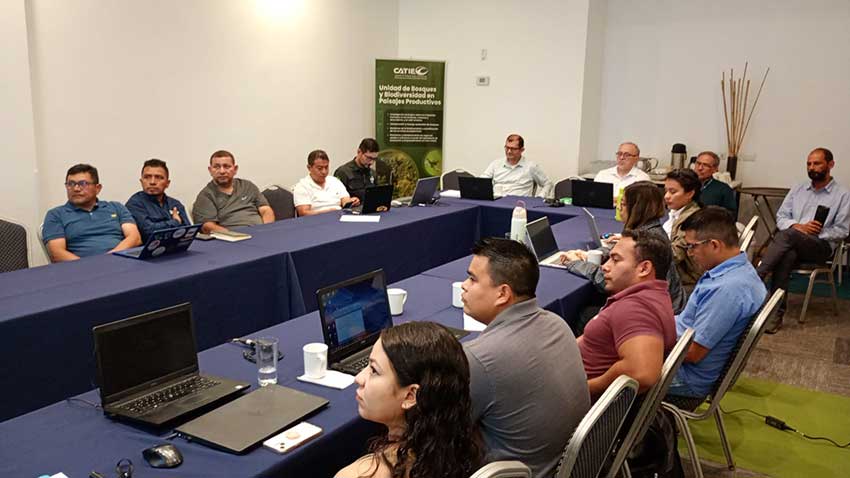
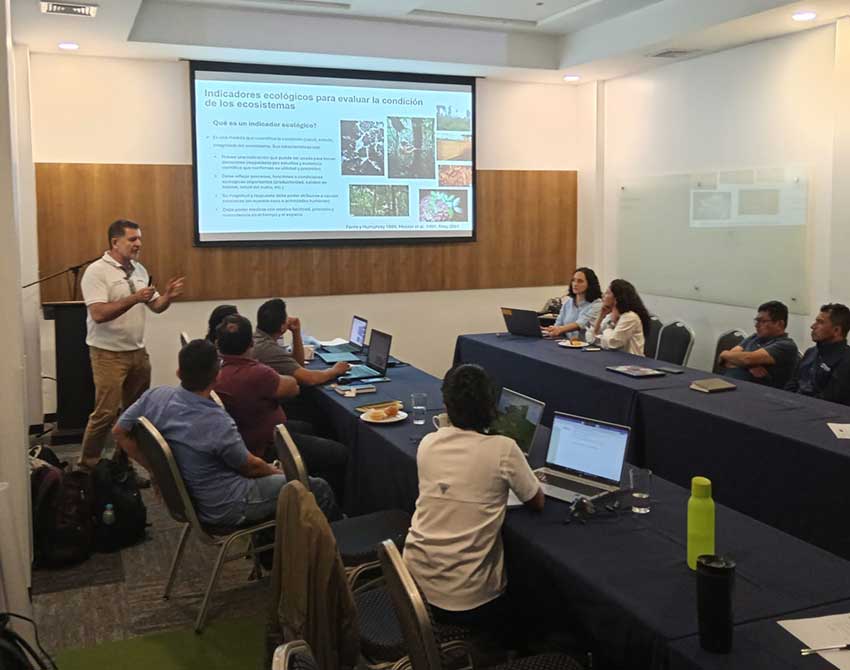
Next Steps
With the thresholds defined, the next step will be applying the methodology to the field data collected. For this purpose, the Ministry of Environment and Natural Resources, along with other key stakeholders, will expand sampling coverage to improve knowledge of ecosystem conditions at the national level.
In the coming months, a Monitoring, Reporting, and Verification (MRV) system will be developed, and the capacities of Ministry of Environment and Natural Resources personnel will be strengthened to ensure the proper and sustainable implementation of the ecological condition index in El Salvador.
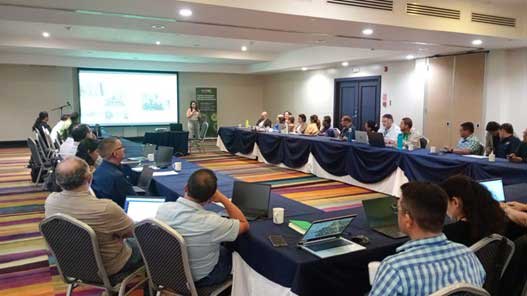
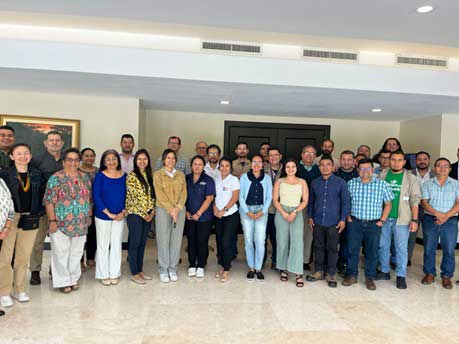
More information/written by:
Diego Delgado Rodríguez
Researcher
Forests and Biodiversity in Productive Landscapes Unit
CATIE
ddelgado@catie.ac.cr

